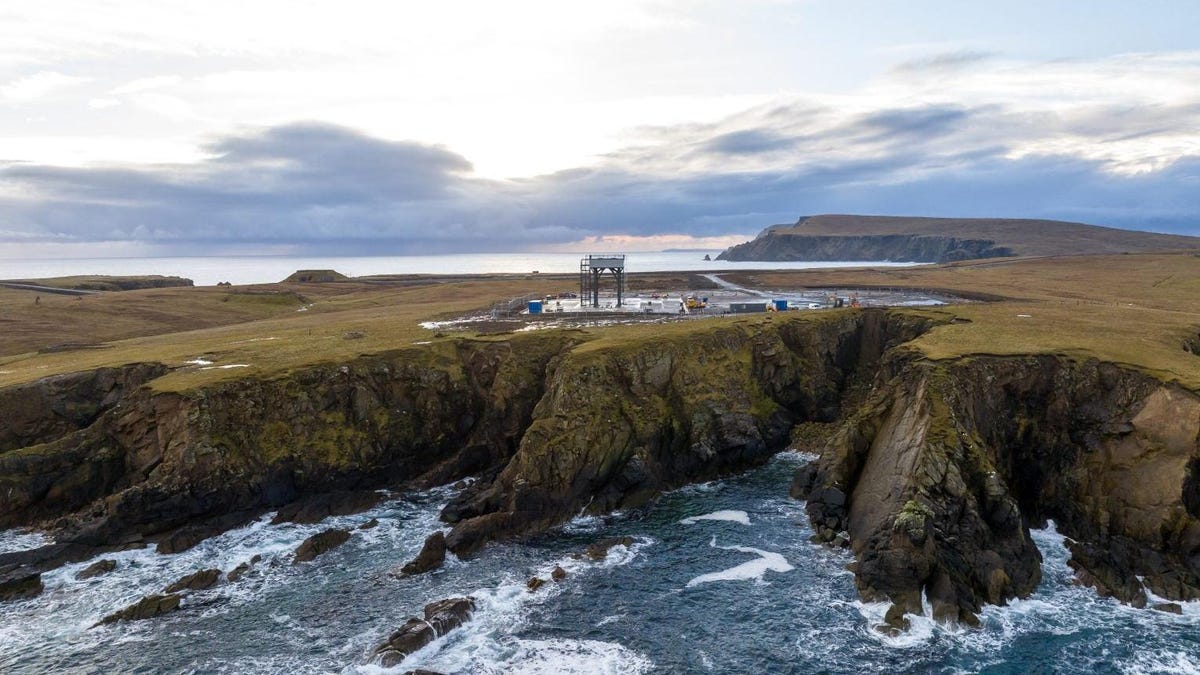
Workers preparing land for a future rocket launch site in the United Kingdom’s Shetland Islands were surprised when they stumbled on a relic of the Bronze Age: an arrangement of stones, pits and burnt bones that suggest the site was once a cremation cemetery.
SaxaVord Spaceport is on Unst, Shetland, the most northerly inhabited island in the United Kingdom. The spaceport’s ground station will consist of antennae supporting satellite operations, though the recent Bronze Age discovery was made while workers were laying the groundwork for a rocket launch site.
Advertisement
The site was assessed by AOC Archaeology. The spaceport stated that the discovery will not impact the ongoing construction work on the site.
“The number and density of cremations suggest that the location of their discovery was likely a cremation cemetery that may have been in continuous use over time in prehistory,” said Katie O’Connell, a member of the AOC Archaeology team, according to the BBC. “Though excavation is only beginning, there may be a relation between the large stones, alignments of pits, the quartz setting, and the cremation cemetery, suggesting that together these form part of a ritual complex.”
Advertisement
Advertisement
AOC Archaeology Group works on a number of key projects around the U.K., including Iron Age crannogs in Galloway and community excavations of a roundhouse at Moredun Top, both in Scotland.
Rockets launched from the site may carry small satellites into low Earth polar orbit and sun-synchronous orbit, based on the satellite operations the spaceport’s ground station network will manage.
A planning permission for the spaceport was granted last February, as reported by the BBC. In January, SaxaVord and Rocket Factory Augsburg AG announced that the latter company’s first flight will be from SaxaVord’s launch site in Unst; that launch is slated for the end of 2023.
Advertisement
Bronze Age Britain is remarkably accessible to archaeologists thanks to the way sites preserve, especially those in water. The Bronze Age settlement of Must Farm was stupendously preserved when the village burnt down and its remains landed in a river, preserving many of the timbers and the population’s artifacts under river silt. In 2021, maintenance workers found a 4,000-year-old, half-ton coffin in a golf course water hazard in Grimsby.
Earlier this year, the earliest cases of the plague in Britain were discovered in Bronze Age remains in Somerset and Cumbria.
Advertisement
More: Social Inequality, Marriage Habits, and Other Clues to Bronze Age Life Revealed in New Study
Services Marketplace – Listings, Bookings & Reviews